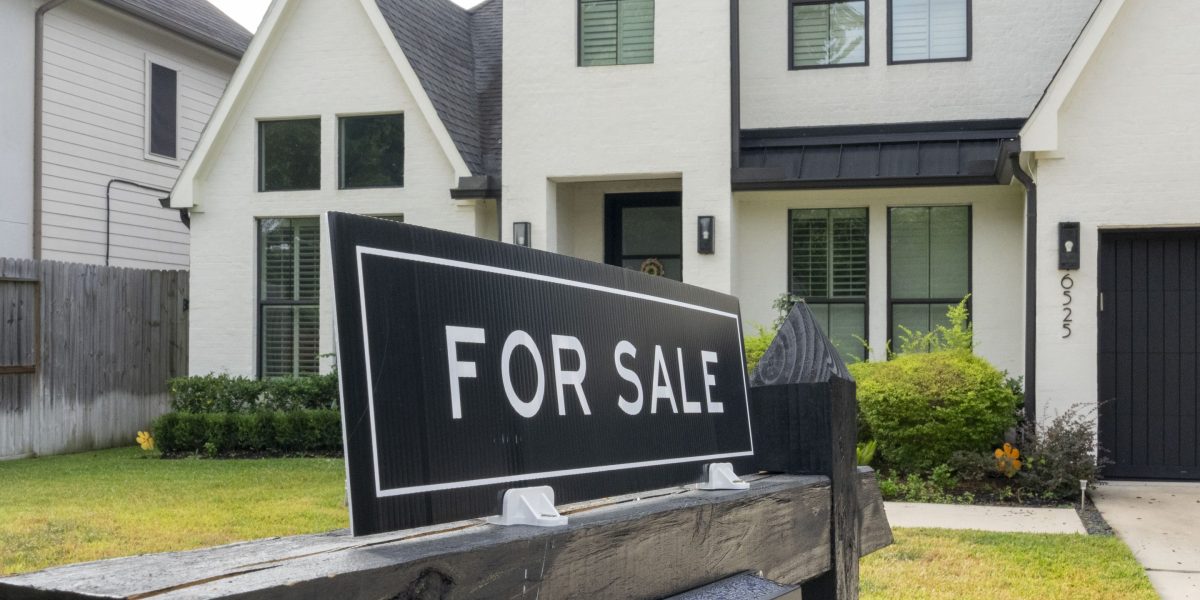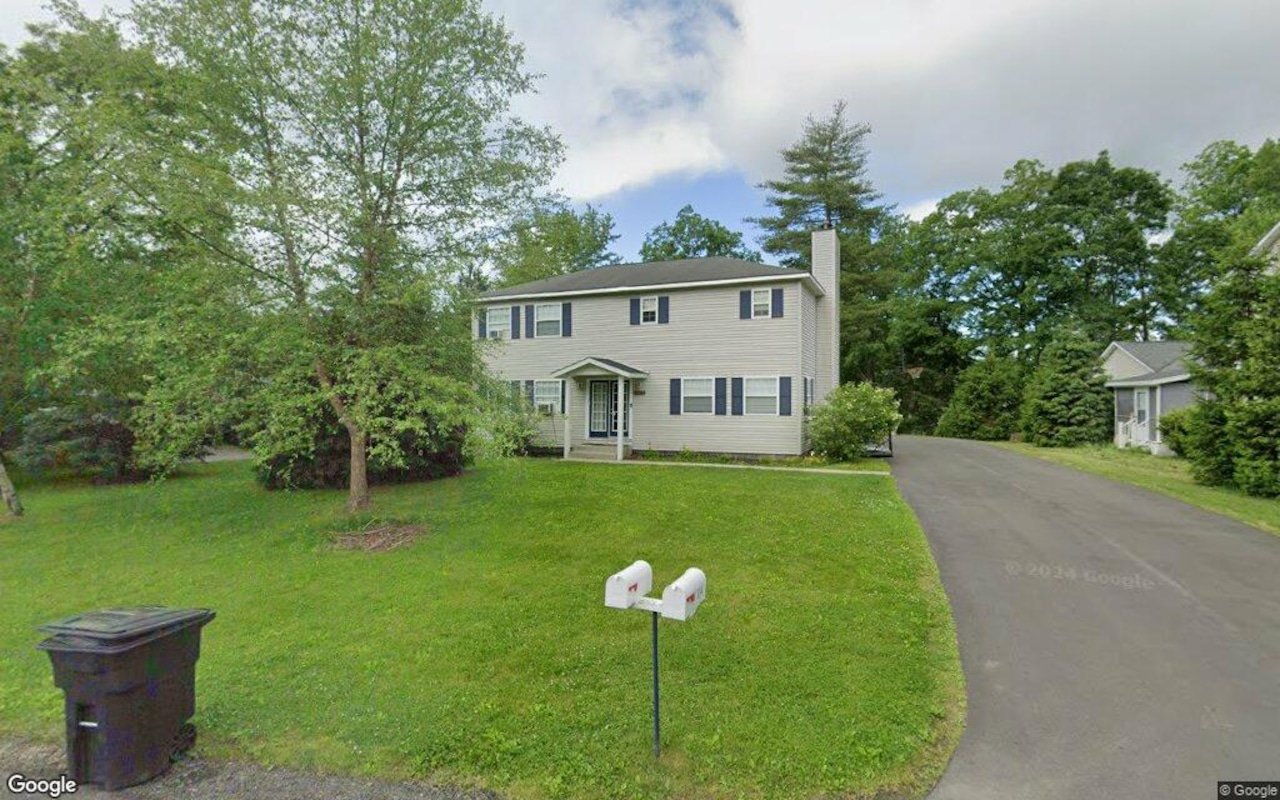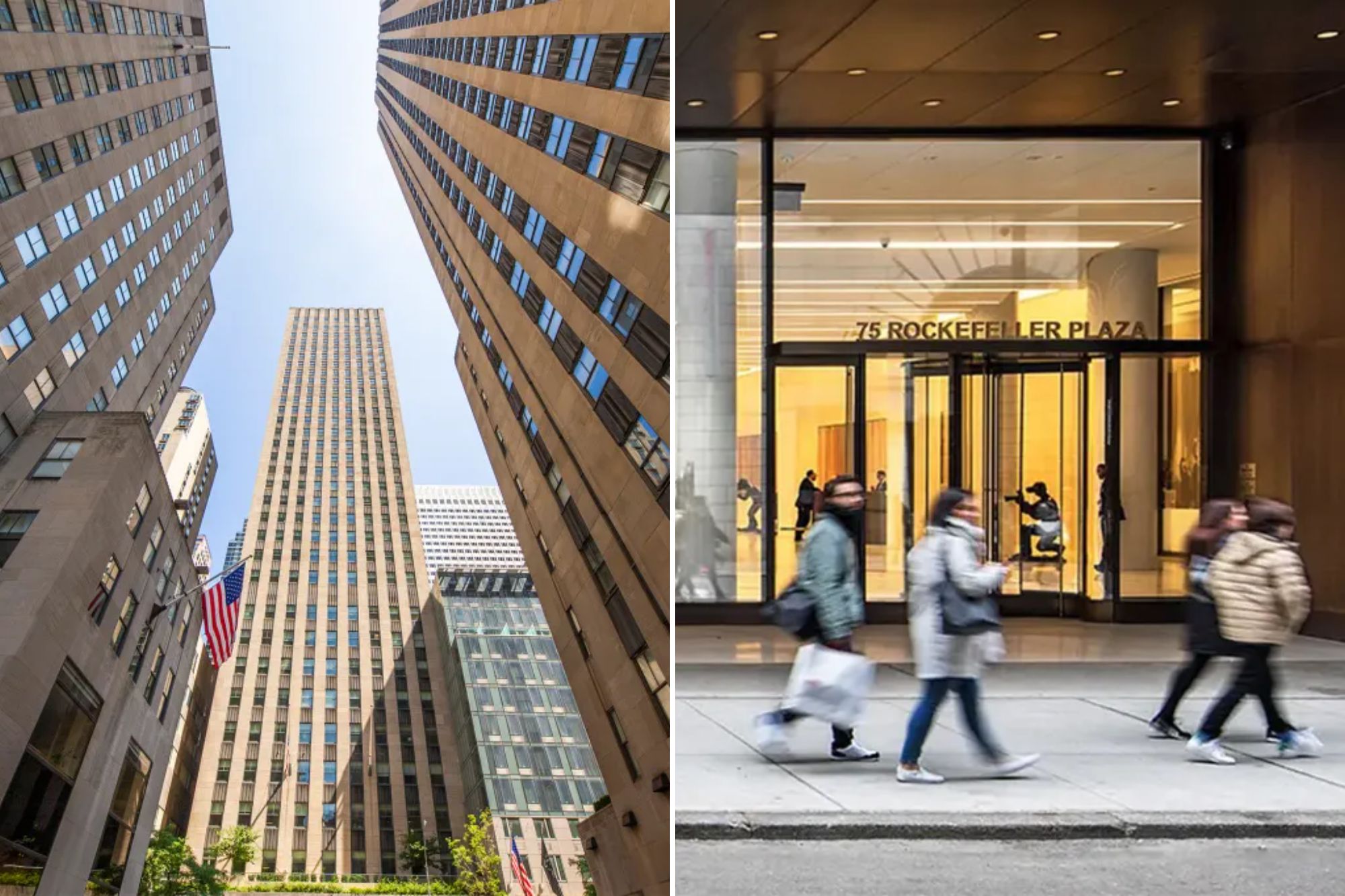T
he office market is showing signs of stabilization after years of turmoil. According to Colliers, more newly available office space was occupied than vacated in the third quarter of 2024 for the first time in two years. Amazon's decision to require employees to work in-office five days a week has been seen as a significant factor in this trend.
The incoming Trump administration has also declared that federal workers will need to be in the office full-time next year, or find another job. This renewed certainty regarding companies' space needs is leading to them taking more space for longer periods.
CBRE's Julie Whelan notes that organizations are now more comfortable renewing leases over the long-term because they have a clearer idea of what their office should look like. Leasing activity is expected to continue picking up as a result.
The Colliers report also noted that sublease availability nationwide fell for the fifth consecutive quarter, ending at 220 million square feet. Avison Young's quarterly report showed a 14% increase in average renewal square footage compared to pre-pandemic numbers from 2019.
Avison Young has created an Office Busyness Index with Placer.ai to measure office utilization. The index found that office buildings across the US are 62% as busy as they were in September 2019, and 7.5% higher than at the same time last year.
Big corporate tenants such as Walmart, Starbucks, Dell, and Salesforce have issued return-to-office mandates this year. A recent survey by KPMG found that 79% of CEOs envision an entirely in-office working environment over the next three years.
This renewed certainty regarding companies' space needs is leading to them taking more space for longer periods. Many organizations are now renewing leases over the long-term because they have a clearer idea of what their office should look like.
The flight to quality is alive and well in New York, with demand for premium office space high and availability rates low. However, there are numerous factors shrinking and restricting supply, including dislocation between owners and lenders, and expensive construction costs.
Despite these challenges, owners of lower-tier office buildings may see increasing demand from those shut out of the best properties. As Hoffman notes, "If you're looking for a premium block of office space in Midtown, you've got a bit of a problem on your hands — there aren't a lot of availabilities for large-block users."
Heading into 2025, it's too early to say that the office sector is completely out of the woods. However, JLL's Peter Riguardi sees significant momentum towards a healthy market, comparing it to a snowball rolling down a hill and gaining speed.














